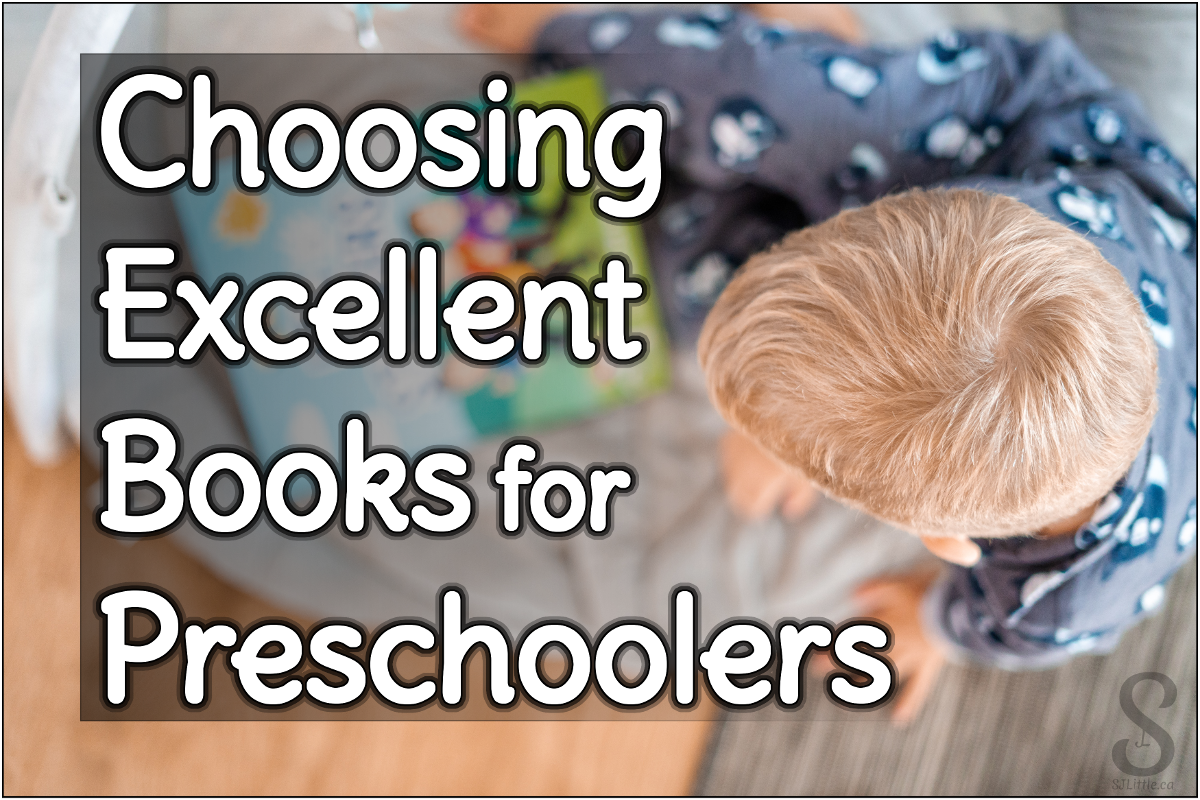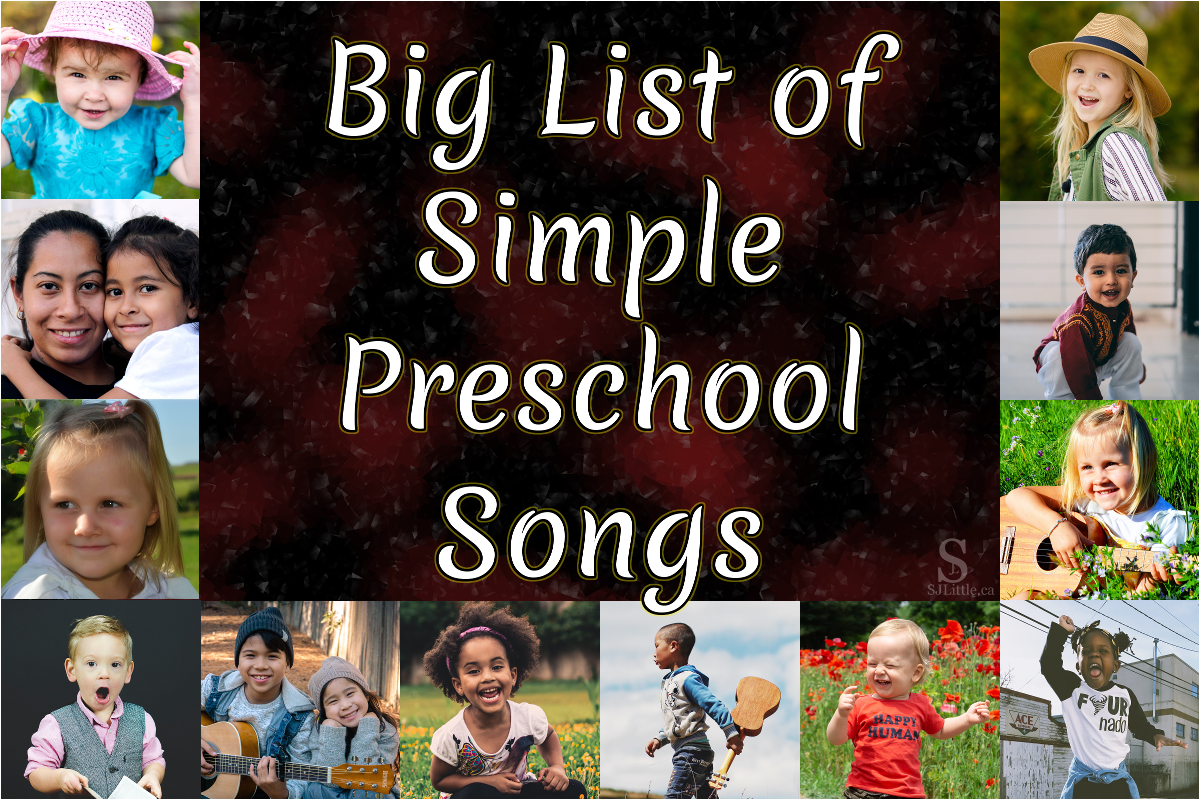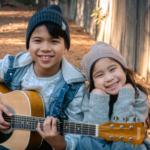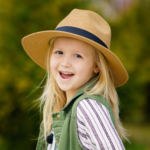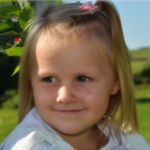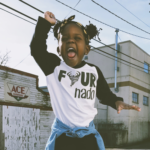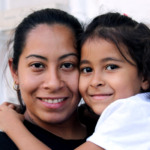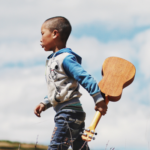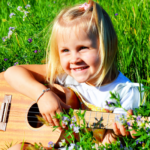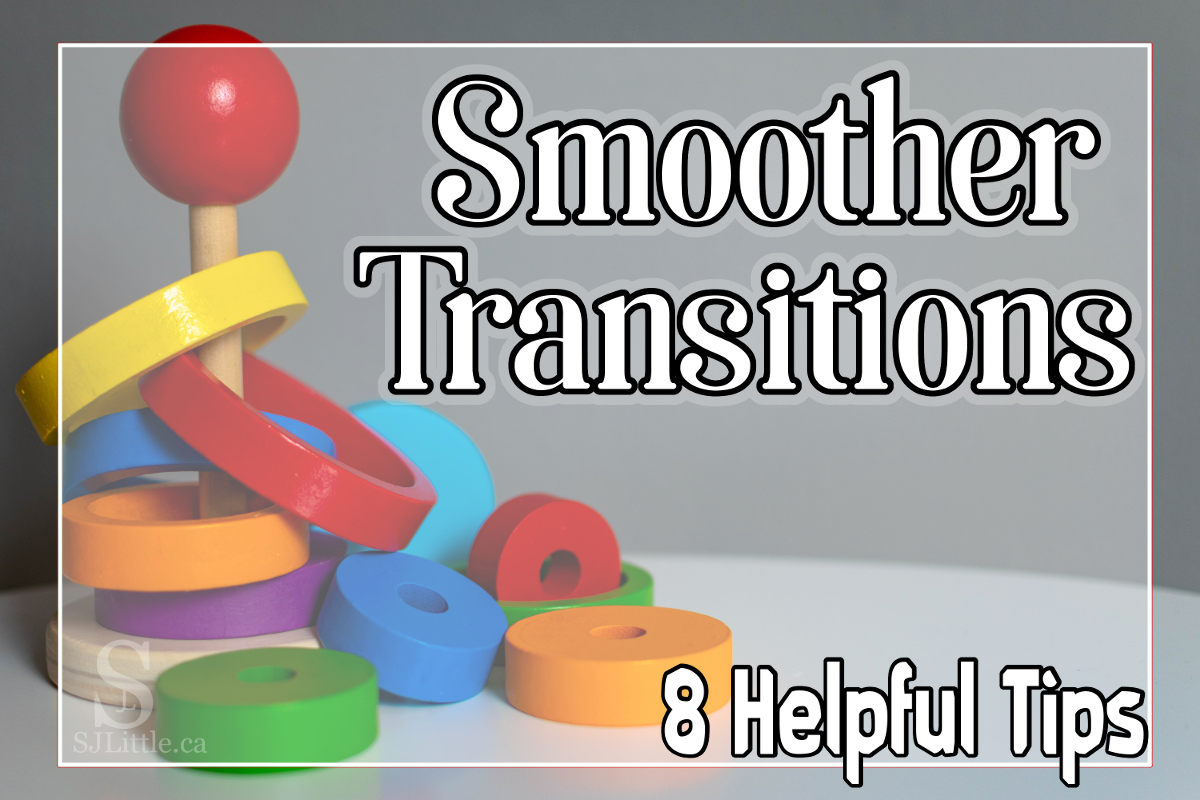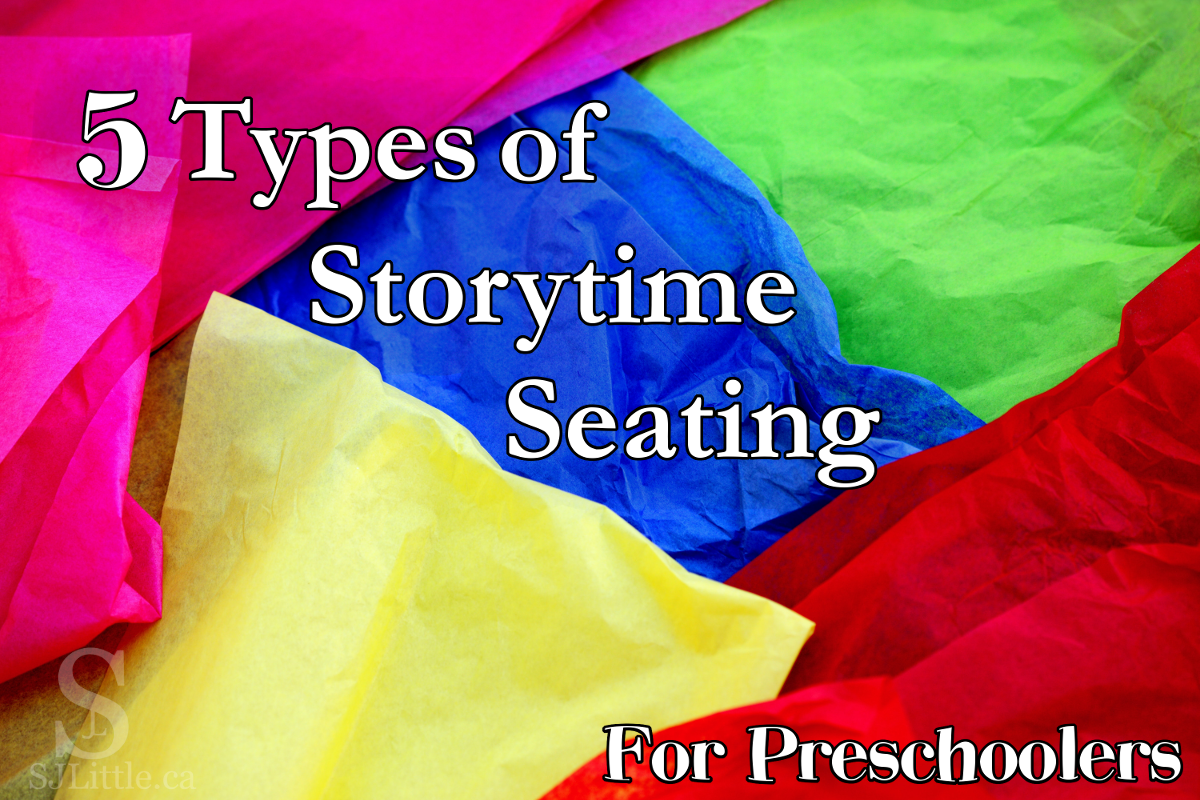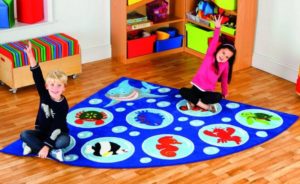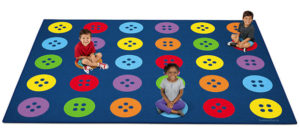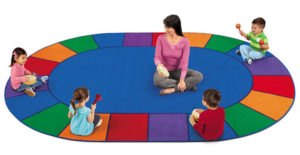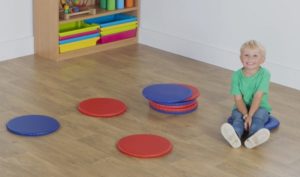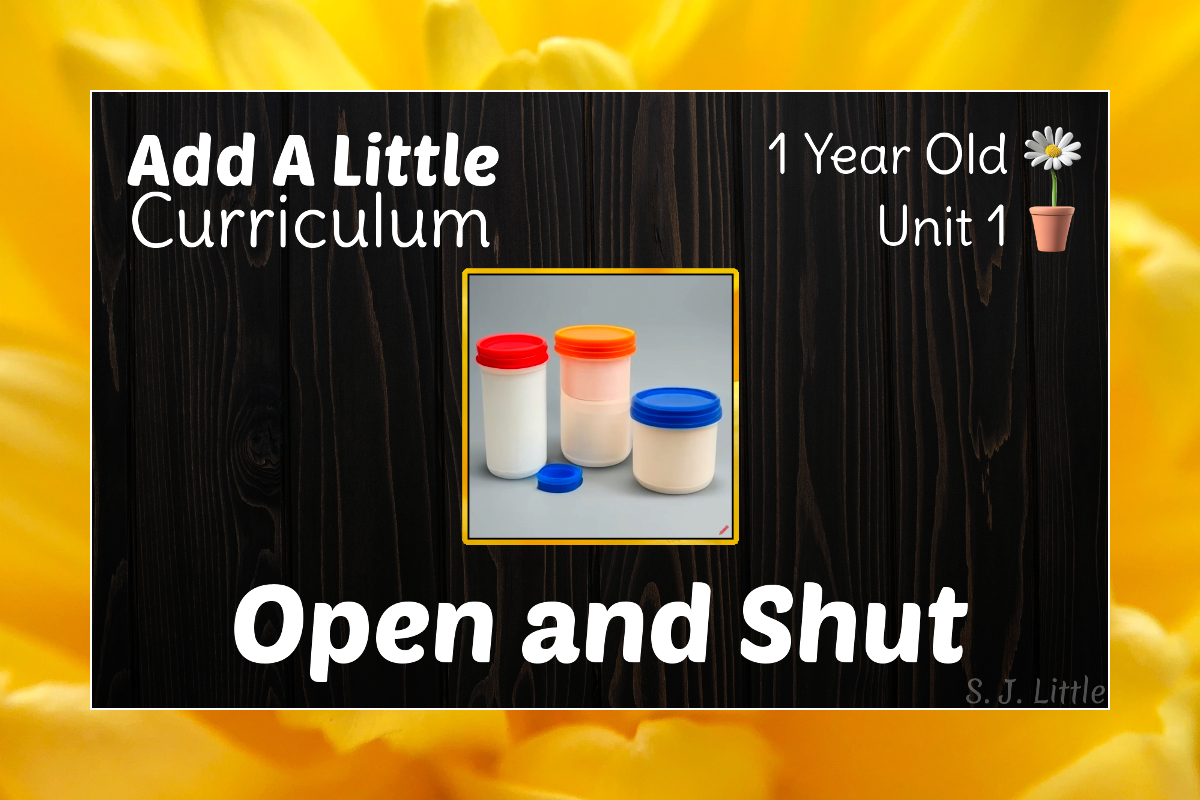
Add A Little – 1 Year Old Curriculum – Unit 1
Open and Shut
Vocabulary: Open, Shut, Hiding, Lid
Disclaimer: All activities require adult supervision and discretion. Read more…
Want to learn more about Add A Little Curriculum? Check out the Parent / Teacher Guide
Let’s Wiggle
Big Box Hide and Seek
Supplies:
- One or two of your child’s favourite toys
- One cardboard box big enough for your child’s favourite toy to fit in
- Or (even better) one cardboard box big enough for your child to hide in
Prep:
- Consider making the box easier for your child to open and close. To do this, remove two of the flaps from the opening leaving only the largest two flaps.
- Place your child’s favourite toy in the box.
Time to Play:
- Open the box just enough for your child to see that their toy is hiding inside, then encourage them to open it and retrieve their toy.
- Laugh with your child while making the toy say, “Boo!”
- Place another toy in the box for your child to find.
Or
- If you have a big box, encourage your child to crawl into the box and pop out saying, “Boo!”
Let’s Explore
Lids and Containers
Supplies:
- Various non-breakable containers and lids. Consider recyclable items such as:
- Yogurt container with lid
- Cream cheese container with lid
- Grated parmesan cheese container with lid
- Box with lid
- Cookie tin with lid
- Tips:
- The lids don’t have to be the originals. Rather look for something that is easy to place on top of the container without becoming stuck.
- Beware of lids that are small enough to be choking hazards.
Prep:
- Place various containers with matching lids on the ground.
Time to Play:
- Sit down with your child and show them which lids go with which containers.
- Encourage them to try.
Let’s Sing
Open and Shut Them
Let’s Read
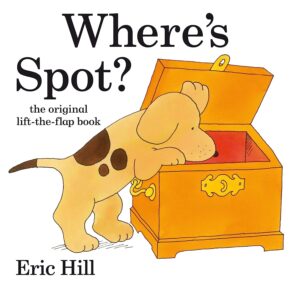
Where’s Spot
By: Eric Hill
Let’s Sing a
Christian Song
He’s Got the Whole World in His Hands

